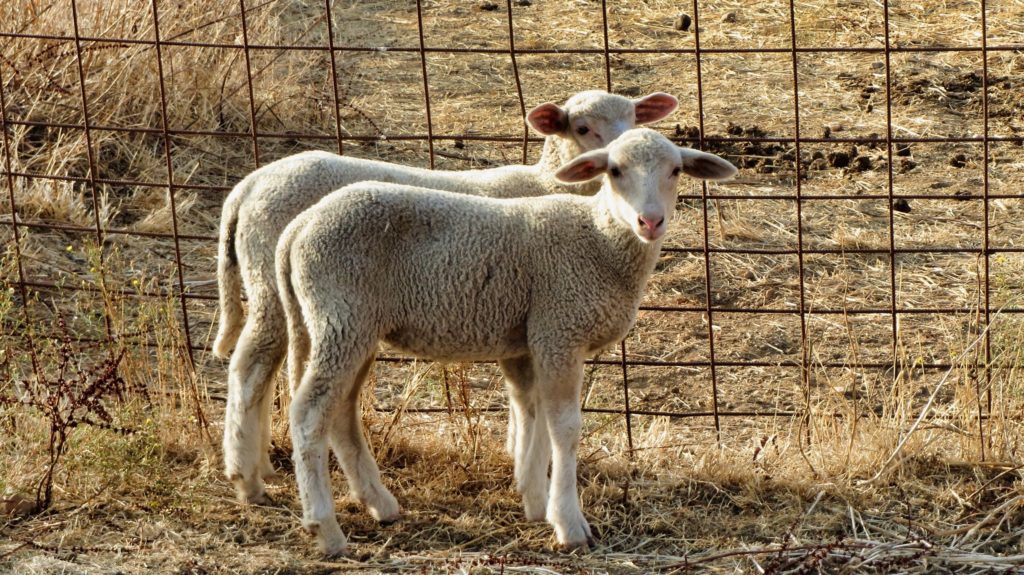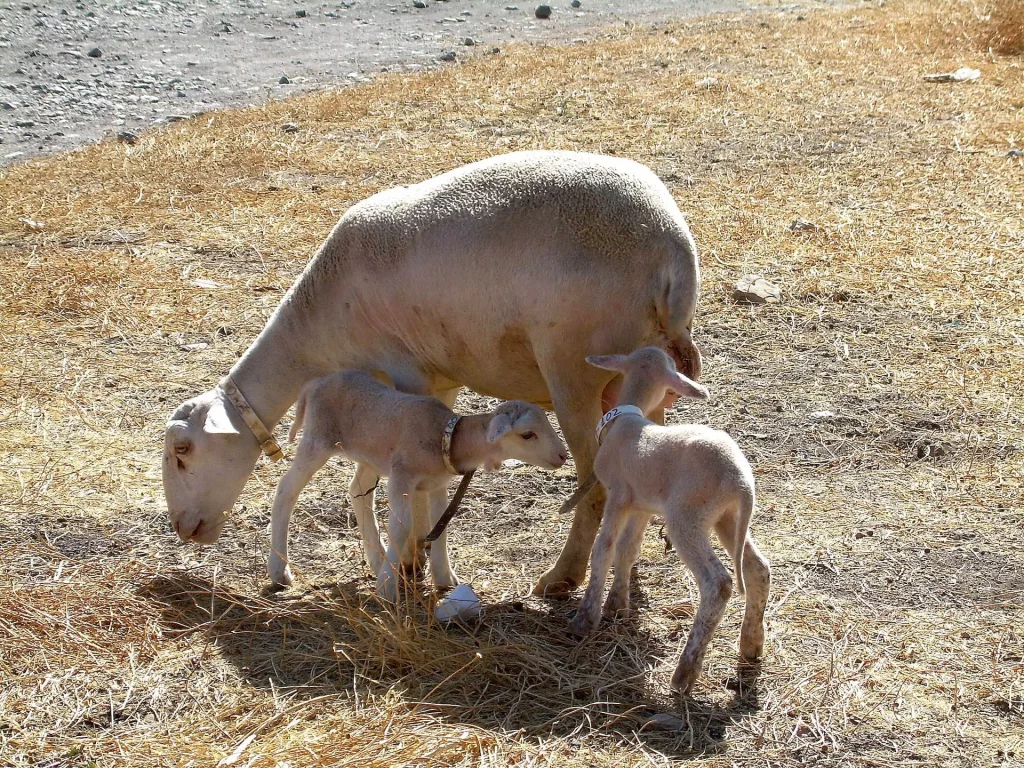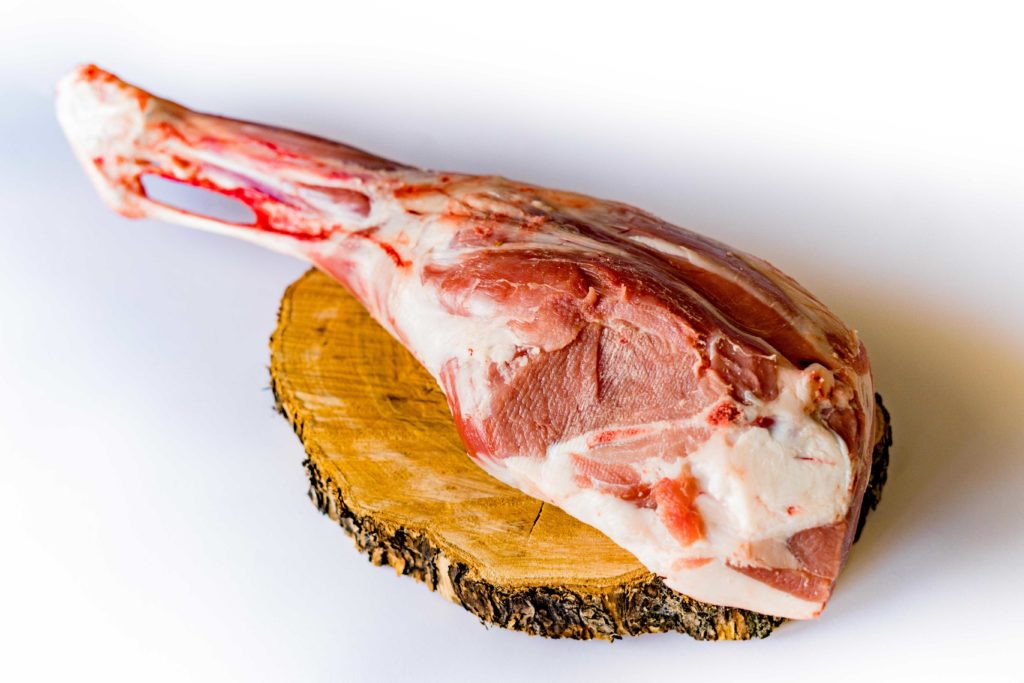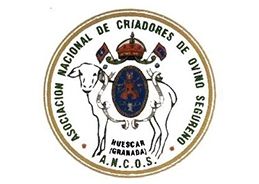The Segureña breed, which owes its name to the Segura mountain range and river, consists of animals with elongated forms, slightly convex frontonasal profile, and medium size. They have a fine to medium wool fleece that is primarily used for meat production, yielding high-quality lambs with high slaughter yields.

Origin and History of the Breed
The origin of the Segureña breed must be traced back to the same lineage as the Manchega breed. It shares significant analogies with the latter breed, and, conversely, the differences between the two are limited to those imposed by the management system and adaptation to very distinct environments. In the case of the Segureña breed, this can be characterized as quite harsh.
Prototype
Head: Of medium size, in harmony with the body volume, and devoid of wool. No horns in either sex. Frontonasal line is slightly convex in females, more pronounced in males, becoming more evident at the nasal region.
Neck: Well-proportioned, without folds or expression of dewlap. With or without udders.
Body: Long and deep. With a slightly prominent withers. Preferably horizontal dorsolumbar line. Broad and slightly sloping rump.
Udders: Of equal size in both parts, globular and devoid of wool.

Reproduction
The Segureña breed is an animal with good sexual precocity. Generally, in the flat area, it is first bred at the age of ten to twelve months. However, it has been observed in a well-nourished flock that the first lambing occurs at twelve to fourteen months in nearly 80 percent of the population.
The prolificity is good, and it can be estimated at 135 lambs per 100 births. However, in selected flocks, this number can reach as high as 175 lambs per 100 births.

The interval between lambings is variable. However, with the new management systems where lambs are weaned early, this interval can be estimated at eight months, allowing for three lambings in two years. Taking into account both aspects, prolificity and interval between lambings, it becomes evident that the possibility of obtaining two lambs born per ewe per year exists.
The productive lifespan is relatively short, with ewes typically being culled around seven years of age. This is a result of prematurely losing incisors, largely due to the short and tough grazing that forms the basis of their diet.
It exhibits good growth rates. With birth weights of 3.5 – 5 kilograms, they reach 11 – 12 kilograms at thirty days of age, and 28 kilograms or more at ninety days. They perform very well in the fattening phase, with average daily gains ranging between 280 and 300 grams for weights between 12 and 30 kilograms.
Meat production
The Segureña sheep produces high-quality lambs, which are slaughtered at variable live weights ranging from 24 to 30 kilograms. They are fed with both maternal milk and feed in the sheepfold. The lambs of the Segureña breed are known for their high slaughter yield, with an average yield of 51%. This is largely due to the low weight of the skin, which represents nearly 8% of the live weight. Notably, the carcass has excellent characteristics, with a pinkish color and an ideal degree of fat cover. It is highly sought after in the Levantine and Catalan markets.









